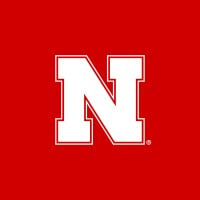
UCLA
UCLA offers a combination that’s rare, especially among public research universities. The breadth, depth and inspired excellence among academic programs—from the visual and performing arts to the humanities, social sciences, STEM disciplines and health sciences—add up to endless opportunity. The location is unmatched: a campus that is unexpectedly picturesque and compact, set in a thriving and diverse global city.






